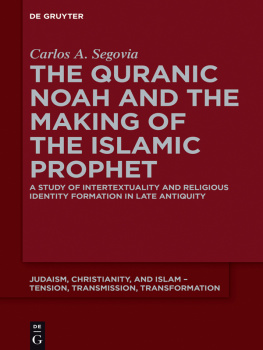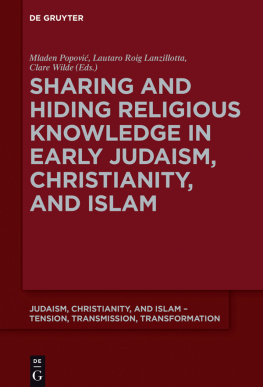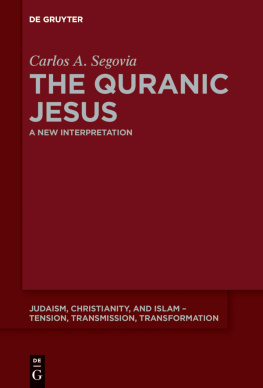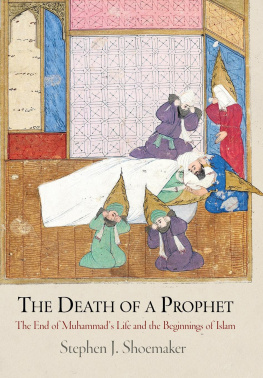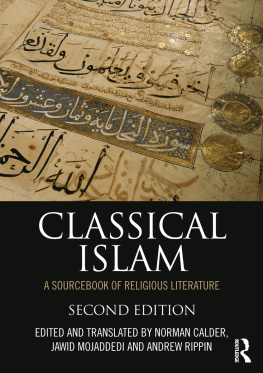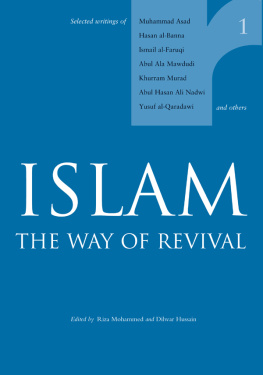Table of Contents
Abbreviations
| ALD | Aramaic Levi Document |
| ApAb | Apocalypse of Abraham |
| Ar. | Aramaic |
| Arab. | Arabic |
| BCE | Before the common era |
| BCR | Biblioteca di Cultura Religiosa |
| BG | Berolinensis Gnosticus |
| BO | Biblica et Orientalia |
| BOT | Biblica: Old Testament |
| BSOAS | Bulletin of the School of Oriental and African Studies |
| BTS | Beiruter Texte und Studien |
| c. | Around (Latin: circa) |
| CD | Damascus Document |
| CE | Culture on the Edge |
| CE | Common era |
| CEJL | Commentaries on Early Jewish Literature |
| cf. | Compare (Latin: confer) |
| COP | Cambridge Oriental Publications |
| CSQ | Curzon Studies in the Qur'n |
| d. | Died |
| Dan | Daniel |
| DSD | Dead Sea Discoveries |
| ed(s). | Edited by, editor(s) |
| e.g. | For example (Latin: exemplum gratia) |
| EJL | Early Judaism and Its Literature |
| EM | tudes Musulmanes |
| 1En | 1 (Ethiopic) Enoch |
| 2En | 2 (Slavonic) Enoch |
| fol(s). | Leaf(/ves) (Latin: folium/folia) |
| frag(s). | Fragment(s) |
| Gen | Genesis |
| IOS | Israel Oriental Studies |
| HFS | Historisk-filosofiske Skrifter |
| HTS | Harvard Theological Studies |
| ID | L'Islam en dbats |
| i.e. | That is (Latin: id est) |
| IPTSTS | Islamic Philosophy, Theology and Science - Texts and Studies |
| Isa | Isaiah |
| JAOS | Journal of the American Oriental Society |
| JBL | Journal of Biblical Literature |
| Jer | Jeremiah |
| JLARC | Journal for Late Antique Religion and Culture |
| JMEOS | Journal of the Manchester Egyptian and Oriental Society |
| JNES | Journal of Near Eastern Studies |
| JosAsen | Joseph and Aseneth |
| JSAI | Jerusalem Studies in Arabic and Islam |
| JSP | Journal for the Study of the Pseudepigrapha |
| l(l). | Line(s) |
| LAHR | Late Antique History and Religion |
| Lit. | Literarily |
| LSIS | Leiden Studies in Islam and Society |
| MAIBL | Memoires de l'Acadmie des Inscriptions et des Belles-Lettres |
| Matt | Matthew |
| MMW | Makers of the Muslim World |
| MO | Manuscripta Orientalia |
| ms(s). | Manuscript(s) |
| n(n). | Note(s) |
| NHC | Nag Hammadi Codex |
| NHMS | Nag Hammadi and Manichaean Studies |
| No(s). | Number(s) |
| NT | New Testament |
| NTT | Nederlands Teologisch Tijdschrift |
| Num | Numbers |
| OJC | Orientalia Judaica Christiana |
| PSITLH | Palgrave Series in Islamic Theology, Law, and History |
| Q | Qur'n |
| lQapGen | Genesis Apocryphon |
| 1QM | War Scroll |
| QNN(s) | Quranic Noah narrative(s) |
| QNN I | Quranic Noah narrative no. I |
| QNN II | Quranic Noah narrative no. II |
| QNN III | Quranic Noah narrative no. III |
| QNN IV | Quranic Noah narrative no. IV |
| QNN V | Quranic Noah narrative no. V |
| QNN VI | Quranic Noah narrative no. VI |
| QNN VII | Quranic Noah narrative no. VII |
| QP | Quranic prophet |
| lQpHab | 1Q Commentary on Habakuk |
| 1QS | Rule of the Community |
| 4QpIsa | 4Q Commentary on Isaiah |
| 4QTanh | 4QTanhumim |
| REB | Revised English Bible |
| Rev | Revelation |
| RO | Res orientales |
| RSQ | Routledge Studies in the Qur'an |
| S | Ibn Hisam, Sira |
| SHCNE | Studies in the History and Culture of the Near East |
| STDJ | Studies on the Texts of the Desert of Judah |
| SVT | Supplements to Vetus Testamentum |
| Syr. | Syriac |
| TBN | Themes in Biblical Narrative |
| TEG | Traditio Exegetica Graeca |
| TSQ | Texts and Studies on the Qur'an |
| TLevi | Testament of Levi |
| VCSS | Variorum Collected Studies |
| vol(s). | Volume(s) |
| v(s). | Verse(s) |
| Zech | Zechariah |
Foreword and Acknowledgements
Over the past decades the field of early Jewish and Christian studies has been witness to a fascinating number of new, challenging proposals, hypotheses, methods, and insights. Almost everything previously believed about, say, the development of Jewish sectarianism in the Second Temple Period, the emergence and variety of the earliest Christian groups, the gradual formation of rabbinic Judaism, and/or the partings of the ways between Christianity and Judaism has been carefully re-examined and explained by putting forward diverse yet innovative scholarly approaches.
Unfortunately, the same cannot be said of the field of early Islamic studies, although some undeniable progress has been made in recent years. Still in its infancy because of the overly conservative views and methods assumed by most scholars working in it since the mid-19th century, this is a field in which the very basic questions must now be addressed with decision.
We still lack, for example, a critical edition of the Qurn. We do not know when exactly its textus receptus was established, even though a few new suggestions have been made in recent years. Nor have we been able to locate with accuracy the beginnings of Islam as a new, independent religion. The discovery of two South-Arabic inscriptions from the mid-6th century in Marib (present-day Yemen) and Muraygn (Saudi Arabia) that invoke God as the Merciful and Jesus as his Messiah instead of his Son, thus displaying the very same Christological formula contained in the Qurn, is certainly astonishing in this respect. So too is the fact that the first non-quranic mention of the word Islam occurs in the inscriptions of the Dome of the Rock in Jerusalem, which dates to the last decade of the 7th century. Likewise, it is difficult to say anything about the historical Muammad if we move beyond the traditional account of Islams origins, and we definitely need to do so, given the overly literary nature of the earliest Islamic sources and the very late date when they were composed. To neglect these and other related issues would be like explaining the emergence of the earliest Christ-believing groups by exclusively relying on the author of Luke-Acts, who offers a rather monochrome picture of Christian beginnings centred upon what s/he retrospectively imagined as Pauls mission; or like accepting the Mishnaic and Talmudic legends about Yavneh as the actual birthplace of rabbinic Judaism.
In short, the dawn and early history of Islam must be studied afresh as part and parcel of the complex process of religious identity formation in late antiquity. But in order to achieve some success in this appealing task, we must go all the way and make use of the theoretical notions and the methodological tools provided by the new social-science and literary methods (critical discourse analysis, narrative theory, semiotics of religion, deconstructionist historiography, etc.) set forth in the study of Second Temple Judaism as well as the study of Christian and rabbinic origins. And to re-examine both the quranic narratives on prophecy and the early Muslim representation of Muammad as the Prophet of Islam seems to me a good place to start.

